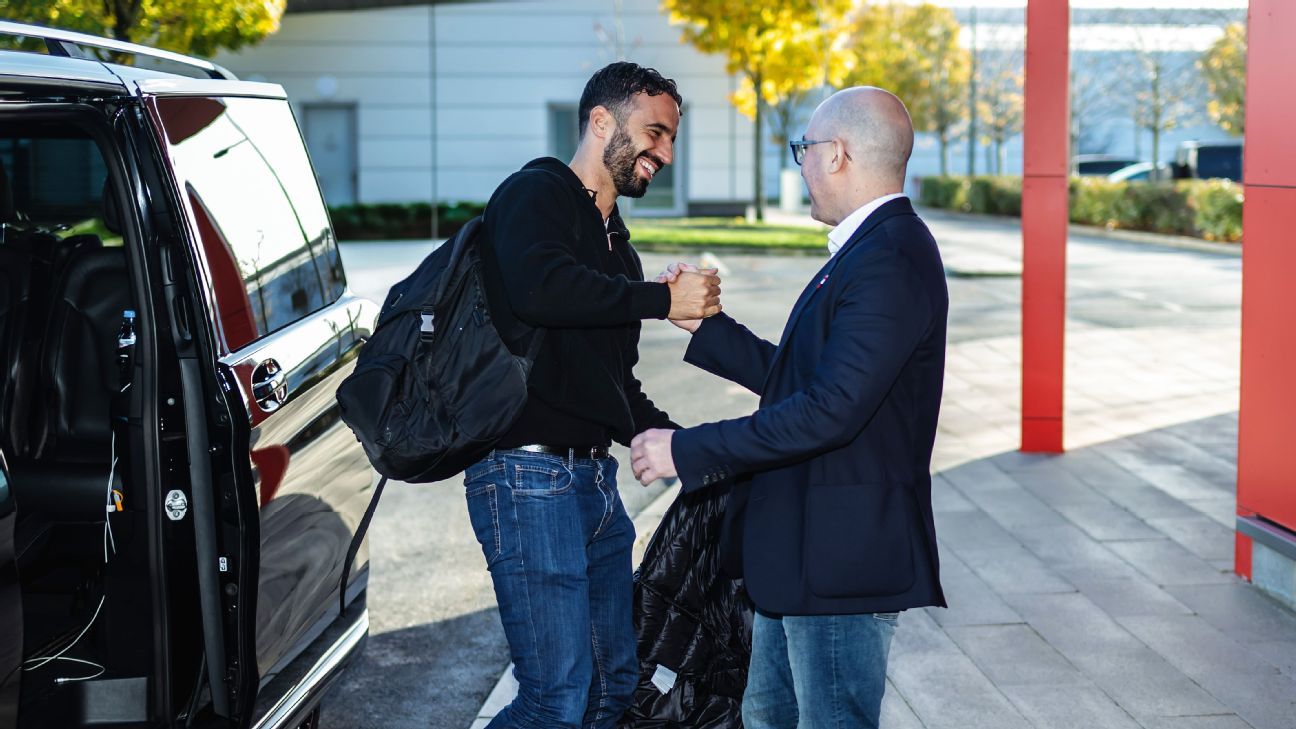
South Carolina announced plans Friday for , with an emphasis on adding premium space and, more importantly, suites. The reason: A premium seat is the No. 1 revenue driver for sports stadiums.
At the moment, the Williams-Brice Stadium has just 18 suites — by far the lowest in the SEC — and the goal is to drastically increase that number. Adding 65 new suites, which is the school’s early vision, would mean upward of $7 million to $10 million in additional annual revenue for USC. The problem: Suites and premium areas take up space.
Which means this renovation will reduce the total capacity of Williams-Brice Stadium, An exact new number isn’t yet known. Athletic director Ray Tanner told reporters Friday that the capacity could drop to the low 70,000s, but he was adamant that Williams-Brice would not go under 70,000. That could really affect folks who have west-side (the press box side) season tickets on the last few rows of the lower bowl.
In South Carolina’s conceptual renderings, those rows would be replaced with chair-back seating that would have access to a premium club area behind the seats. So what does that mean for the regular fan? For those who might have season tickets where South Carolina is now trying to add new seating? “There will be some seating displacement, potentially,” Tanner said. “But we hope that there’s a lot of opt-in from those people in those seats.
Keep the price points at a place that (the fans) will be happy with that.” Tanner continued: “Certainly, relocation is a possibility for some people. We hope not to affect very many people, though.
” Construction in the first phase of upgrades is scheduled to and workers will do as much as possible before the 2026 season, restart after the year and then ideally conclude in August 2027. Future phases of renovations could include improvements to common areas such as restrooms, concourses and concessions as well as improving the seating and amenities in the north end zone, where the student section is currently located. The last major renovations that affected Williams-Brice seating came in 1996, when the south end zone changes added 8,000 seats and raised capacity to 80,250.
In 2006, South Carolina was actively pursuing design work that would lift the stadium from 80,250 to 87,000 or 88,000. But that expansion never came to fruition, and trends in recent years have pointed to smaller stadium capacities. Tanner, who recently announced he would , said he kicks himself for not going to the board during in first decade as AD and letting everyone know, “Hey, this is needed now,” he said.
“You go back in time, 25 or 30 years ago when people were putting in suites and we weren’t,” Tanner added. “So that’s a key piece of revenue that we haven’t been able to enjoy over the years.” In 2020, club spaces additions and renovations brought the stadium’s capacity down to 77,559.
And although USC regularly promotes home games as being sold out, actual average attendance is typically at or near 60,000. “It’s evident to me that no matter if you’re talking about football, baseball, basketball, collegiate or professional ranks, they’re building premium experiences for fans with fewer seats,” Tanner said in a previous interview..













